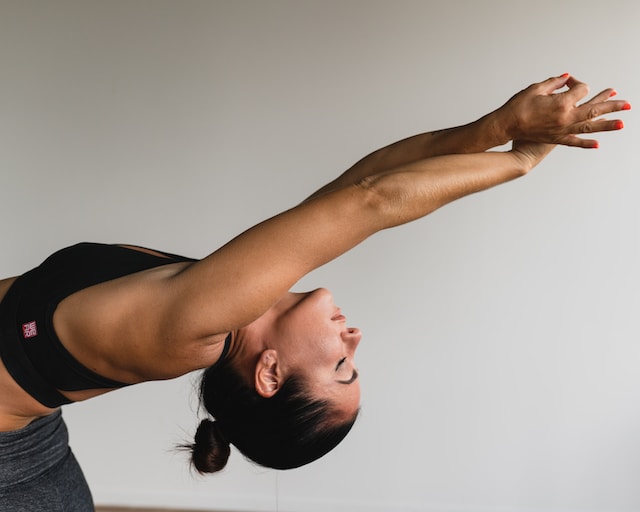In the quest for healthy aging, yoga has emerged as a powerful tool that can enhance endurance and combat frailty among older adults. Beyond its reputation as a trendy exercise, yoga offers a holistic approach that integrates physical movement, breath control, and mindfulness. As we delve into the research, we uncover the transformative potential of yoga in promoting vitality and resilience in the golden years.
Frailty, a condition characterized by reduced physical strength, endurance, and functional decline, poses significant challenges for older adults. However, recent studies have shed light on the potential of yoga to counteract these age-related declines. A growing body of evidence suggests that regular yoga practice can lead to notable improvements in endurance, strength, flexibility, and overall well-being.
A comprehensive study conducted by researchers in collaboration with renowned yoga instructors explored the effects of a structured yoga program on older adults. The participants engaged in a series of yoga classes that incorporated postures (asanas), breathwork (pranayama), and meditation. The findings revealed that the regular practice of yoga resulted in significant improvements in endurance levels, allowing participants to engage in daily activities with greater ease and confidence.
Yoga’s ability to enhance endurance lies in its focus on controlled breathing and mindful movement. Through intentional breathwork, older adults can optimize oxygen intake, supporting cardiovascular health and enhancing stamina. The deliberate and fluid movements of yoga postures not only build strength and flexibility but also improve coordination and balance, reducing the risk of falls—a common concern among the elderly.
Furthermore, the adaptability of yoga makes it an inclusive practice suitable for individuals of all fitness levels and physical abilities. Qualified yoga instructors can modify poses and sequences to accommodate specific needs, ensuring a safe and personalized experience for each participant. This flexibility enables older adults to engage in a practice tailored to their capabilities, fostering a sense of empowerment and promoting long-term adherence.
Beyond the physical benefits, yoga’s impact on mental and emotional well-being is equally significant. Aging often brings about unique challenges, including stress, anxiety, and feelings of isolation. The mindfulness cultivated through yoga practice provides a space for older adults to cultivate self-awareness, reduce stress, and foster a positive outlook on life. By incorporating meditation and relaxation techniques, yoga empowers individuals to cultivate resilience, improve cognitive function, and enhance overall emotional well-being.
The social aspect of practicing yoga in a group setting further contributes to the well-being of older adults. Engaging in yoga classes fosters a sense of community, connection, and mutual support. This social interaction helps combat feelings of isolation and loneliness, promoting a sense of belonging and overall psychological well-being.
As the research continues to unfold, it is crucial to make yoga accessible to older adults across diverse communities. Governments, healthcare providers, and community organizations should collaborate to provide affordable and inclusive yoga programs that address the specific needs and challenges of older adults. By doing so, we can harness the potential of yoga to support healthy aging and enhance the quality of life for individuals in their later years.
In conclusion, yoga stands as a powerful ally in the pursuit of healthy aging. Its integration of physical movement, breath control, and mindfulness offers a comprehensive approach to enhancing endurance, reducing frailty, and promoting overall well-being in older adults. By embracing the practice of yoga, individuals can unlock the path to vitality, resilience, and a greater sense of purpose as they navigate the journey of aging.




